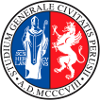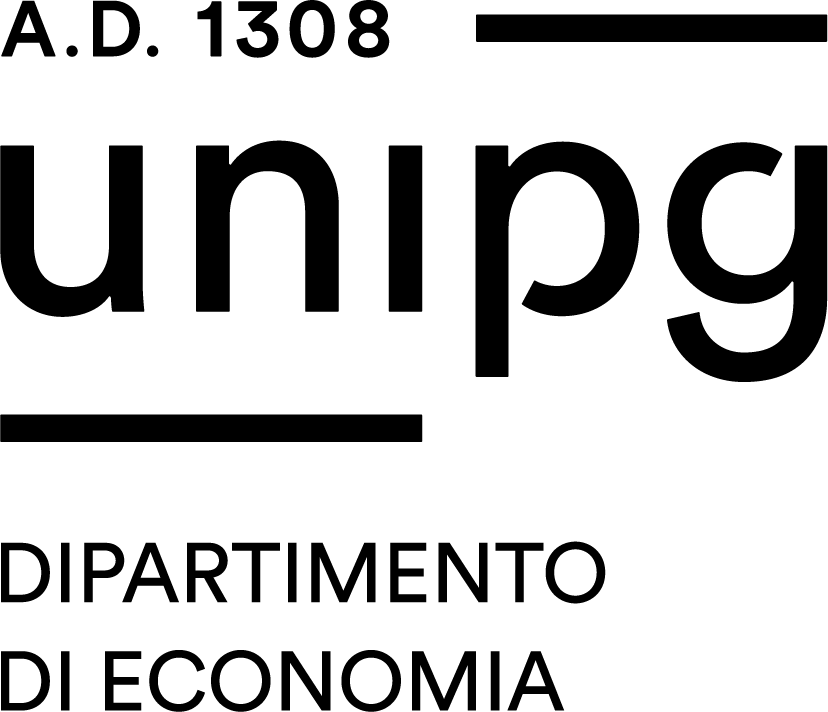| Course name |
Pharmacy |
|---|
| Study-unit Code |
A000578 |
|---|
| Curriculum |
Comune a tutti i curricula |
|---|
| Lecturer |
Claudia Zadra |
|---|
| Lecturers |
|
|---|
| Hours |
|
|---|
| CFU |
4 |
|---|
| Course Regulation |
Coorte 2022 |
|---|
| Supplied |
2025/26 |
|---|
| Supplied other course regulation |
|
|---|
| Learning activities |
Affine/integrativa |
|---|
| Area |
Attività formative affini o integrative |
|---|
| Sector |
AGR/13 |
|---|
| Type of study-unit |
Opzionale (Optional) |
|---|
| Type of learning activities |
Attività formativa monodisciplinare |
|---|
| Language of instruction |
Italian |
|---|
| Contents |
Biotransformation of the active ingredients in the complementary medicines and their possible toxic effects. Occurrence of residues and contaminants in medicinal herbs: source, class of contaminants (heavy metals, pesticides, mycotoxins..) and regulatory limits. Adverse effects of these xenobiotic for the human health. |
|---|
| Reference texts |
EFSA e EMA Reports C.L. Galli, M. Marinovich, P. Restani – Tossicologia |
|---|
| Educational objectives |
Students will be offered the knowledge of the most common pollutants in botanicals andd food supplements. In particular, sources of pollution and the ways of contamination. |
|---|
| Prerequisites |
Knowledge of chemistry and biochemistry |
|---|
| Teaching methods |
frontal lectures |
|---|
| Learning verification modality |
oral discussion |
|---|
| Extended program |
risk analysis and risk assessment of contaminants present in phytotherapeutic and herbal products. Reference legislation. Classes of contaminants : mycotoxins, cyanogenic glucosides, heavy metals, pyrrolizidine alkaloids, phenylpropanoids. Examples of contamination and transfer into the finished product |
|---|
| Obiettivi Agenda 2030 per lo sviluppo sostenibile |
salute e benessere |
|---|


